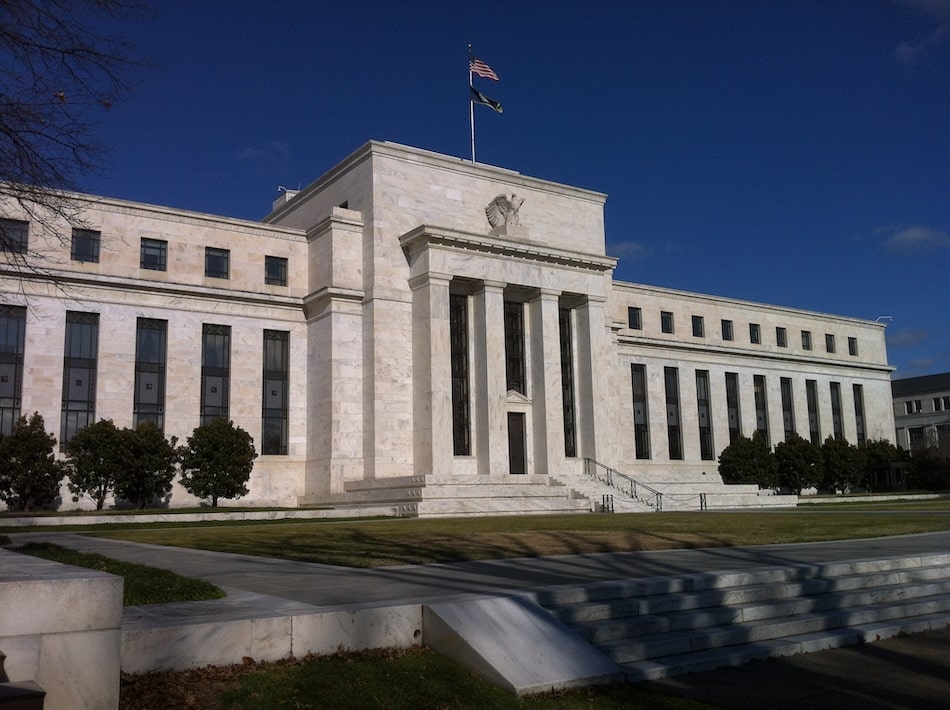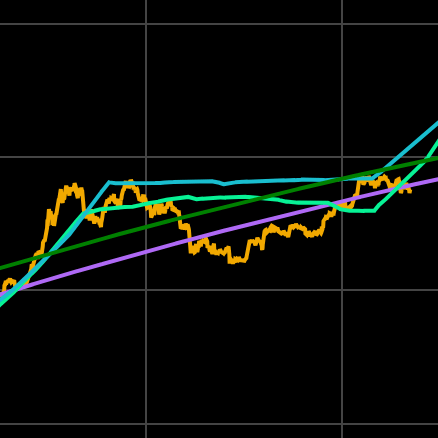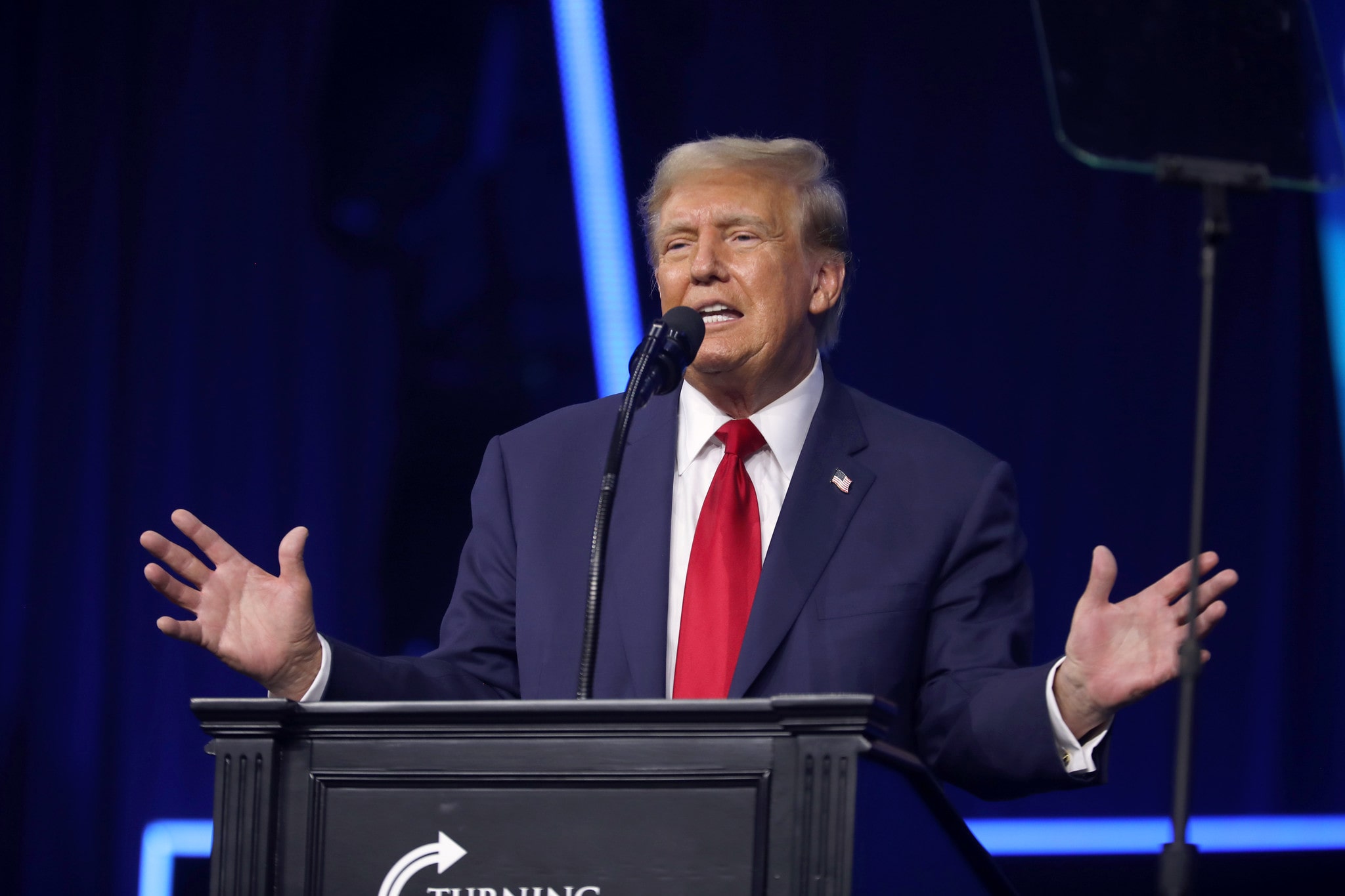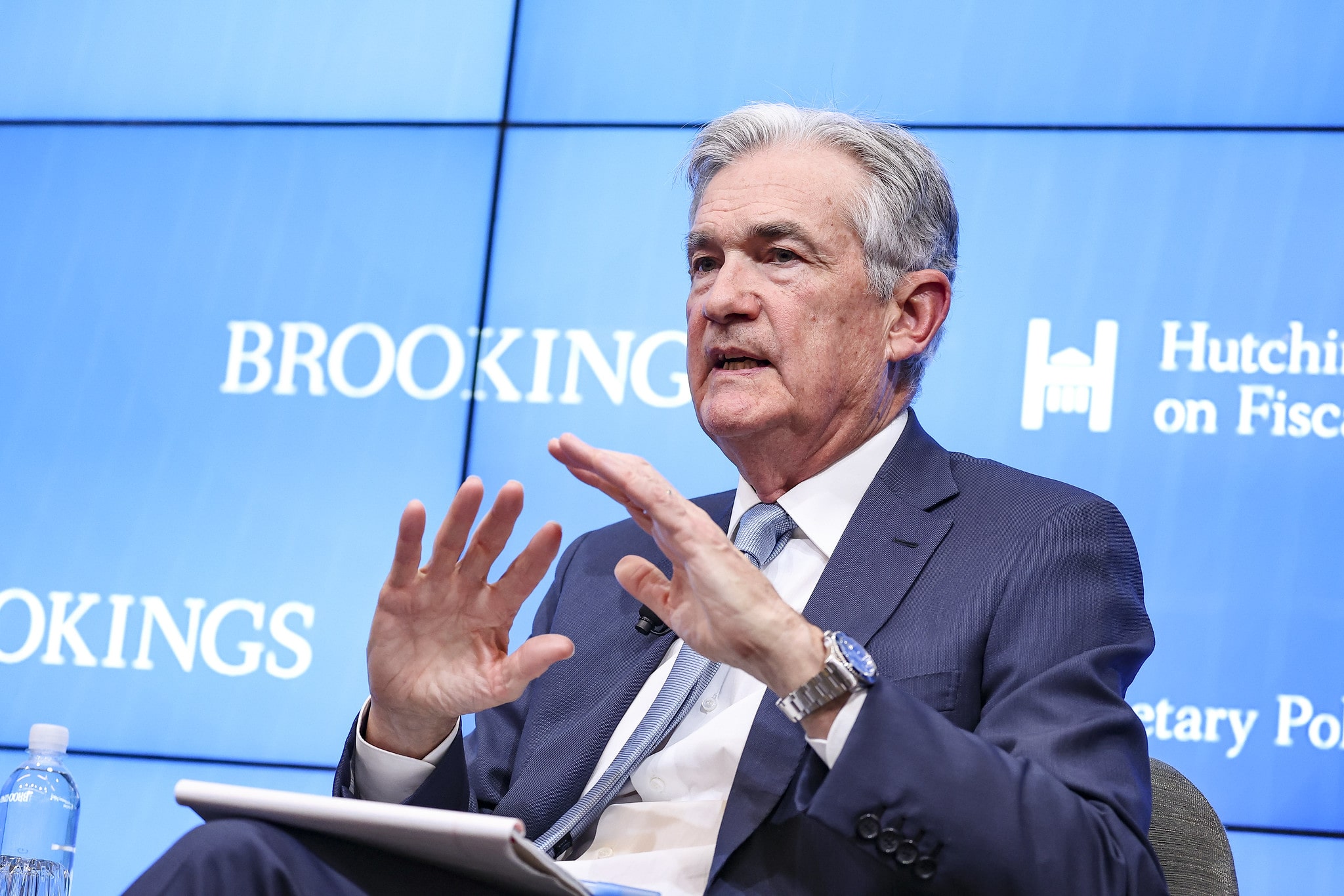
Key Takeaways
- Trump administration rapidly rescinded restrictive digital asset guidance and ended broad enforcement actions against bitcoin companies.
- The new stablecoin law establishes a clear regulatory framework, making stablecoins a key part of the U.S. dollar system.
- Further legislation and market structure clarity are identified as crucial for the U.S. to maintain digital asset leadership.
Scott Bessent, the current U.S. treasury secretary, laid out his vision in a July 2025 Washington Post opinion piece on how the Trump administration is positioning the United States as the global leader in bitcoin and digital asset innovation.
“No one understands this better than President Donald Trump, whose leadership on digital asset policy has led to a revolution in payments technology…”
Regulatory overhaul under Trump
Bessent draws a sharp contrast between Trump’s proactive crypto stance and the previous administration’s regulatory posture:
“The Biden administration had sought to curtail the ability of American banks to interact with digital assets — even floating proposals to ban bitcoin mining in the United States.”
By contrast, Bessent frames Trump’s return to power as a definitive break from that approach:
“It was — in blockchain terms — America’s hard fork.”
He notes that Trump’s team quickly reversed prior federal guidance and redirected enforcement resources toward actual wrongdoing, rather than targeting legitimate businesses working with bitcoin and crypto.
Stablecoin legislation
A central policy milestone, according to Bessent, is the GENIUS Act (Guiding and Establishing National Innovation for U.S. Stablecoins Act), which creates a legal framework for dollar-backed stablecoins.
“Properly designed, dollar-backed stablecoins are a force multiplier for the U.S. dollar system.”
He argues this development will strengthen the dollar by enabling faster payments and potentially increasing demand for U.S. Treasurys.
Next steps
Looking ahead, Bessent emphasizes the importance of the Digital Asset Market Clarity Act of 2025, which seeks to clarify how digital assets are regulated:
“Without market structure legislation, the implementation of the president’s vision will be incomplete.”
Broader blockchain integration
Bessent also mentions upcoming initiatives focused on tokenizing real-world assets, improving business formation, and boosting domestic investment and job creation.
He concludes:
“We are moving rapidly to provide the regulatory clarity necessary to empower American entrepreneurs and investors.”




